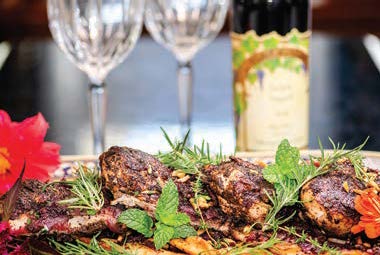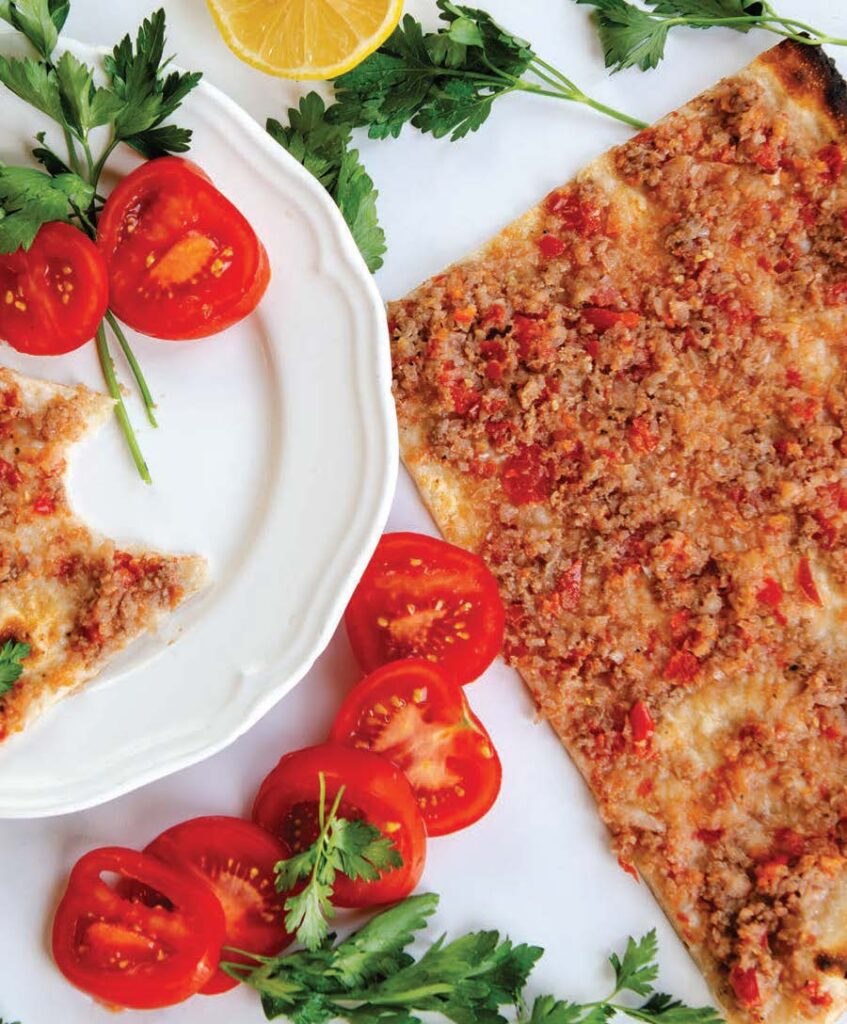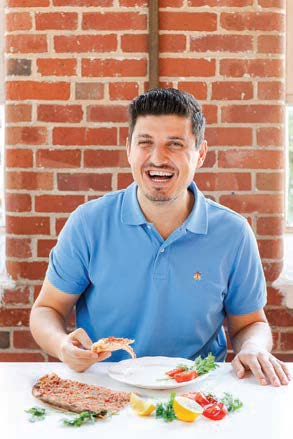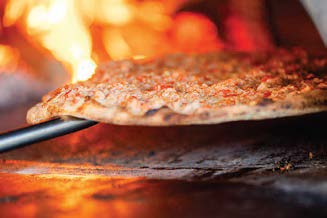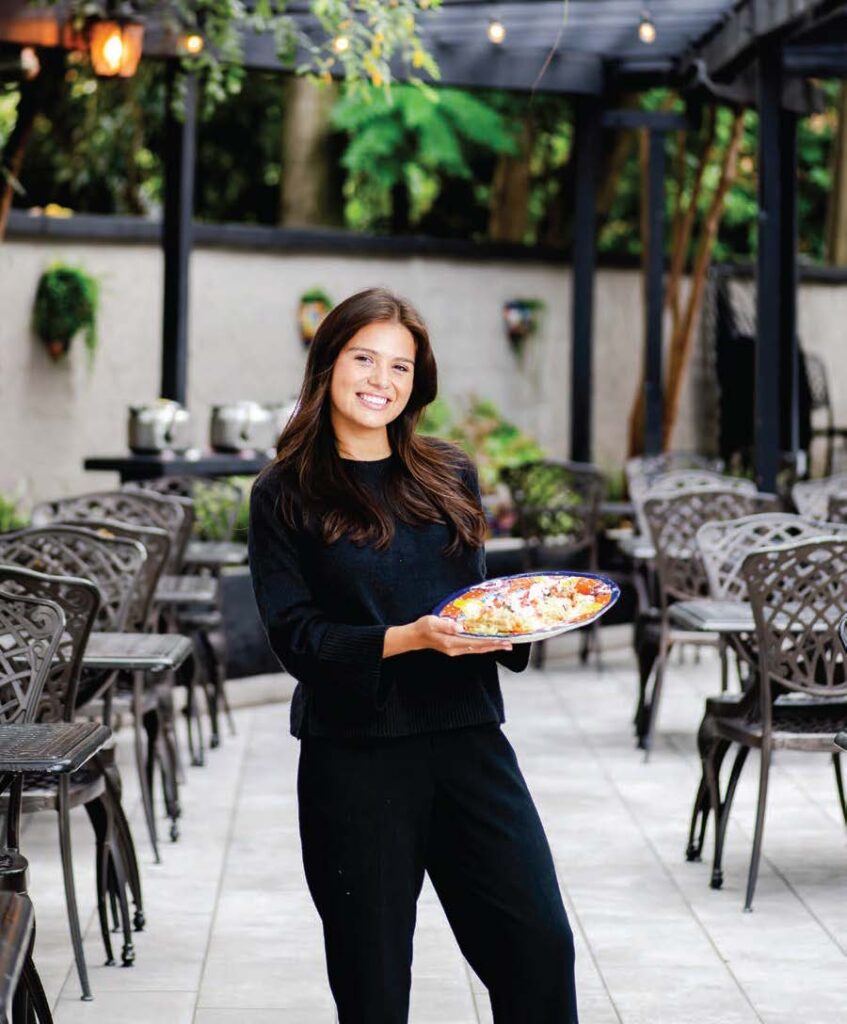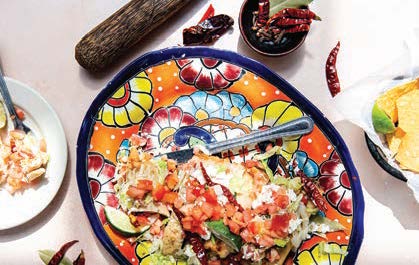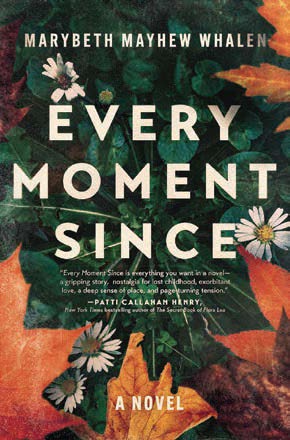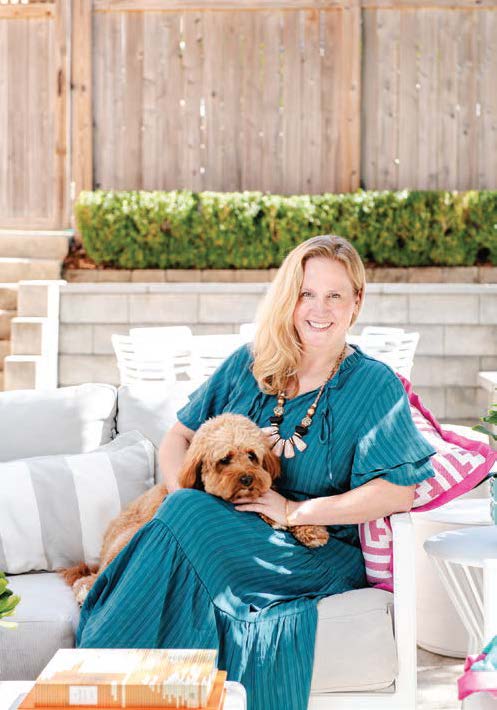I stopped at the snack display just inside the grocery store’s sliding doors.
A bank of pillowy bags promised pumpkin pie-flavored popcorn.
As my brain mulled the mingling of those flavors, a store clerk walked past me.
“I don’t know about that,” he muttered under his breath.
He was right.
There was no reason to buy that bag when I had a jar of popcorn kernels, a stick of butter, a bottle of pumpkin pie spice and a bag of brown sugar at home. Smooth, sweet, salty, warm.
I would be making pumpkin-spiced popcorn soon.
A couple of decades ago, it wouldn’t have occurred to me.
That was before America jumped on the pumpkin-spice-latte train.
It began innocently enough, in 2003, in the Liquid Lab, a corner of Starbucks headquarters in Seattle. Charged with creating a new coffee drink, employees focused on a customer survey in which pumpkin kept popping up as a unique flavor.
So they did the natural thing: They spent hours eating pumpkin pie, sipping espresso and wondering how they ever landed such a cushy gig.
Eventually, they fused the flavors into one autumnal concoction and jotted down the recipe: espresso, steamed milk and pumpkin pie spices — basically cinnamon, nutmeg and ginger.
They called their invention Pumpkin Spice Latte, or PSL, and tested it in 100 stores in Washington, D.C., and Vancouver, Canada.
Customers on both coasts slurped it up, and Starbucks rolled out the PSL to a toasty reception nationwide, but it wasn’t until Facebook and Twitter took off in 2006 that PSL found its wings.
Ever since then, from September through November, we’ve been bonkers for pumpkin-spiced anything.
I didn’t realize just how much we’d normalized the gourd until I tootled down the aisles of Trader Joe’s last year and noted the following items:
Pumpkin ice cream.
Spicy pumpkin samosas.
Pumpkin-ginger scones.
Pumpkin waffles (“Try them with our pumpkin butter!’).
Pumpkin tortilla chips.
Pumpkin salsa.
Pecan-pumpkin oatmeal.
Pumpkin O’s breakfast cereal.
Pumpkin spiced bagels.
Pumpkin cream cheese.
Pumpkin hummus.
I clung to the vine, following it around the store, hoping it would lead me out of the orange storm. Which it did. But not before …
Apple-and-pumpkin hand pies.
Pumpkin brioche.
Pumpkin-maple-bacon dog treats.
Pumpkin pancake mix.
Teeny-tiny pumpkin-spiced pretzels.
Pumpkin oat beverage.
Pasta sauce with pumpkin and butternut squash.
Pumpkin cider.
Pumpkin ale.
Pumpkin ravioli.
Pumpkin gnocchi.
Chocolate mousse pumpkin candies.
Pumpkin-spice cookie batons.
Pumpkin Joe-Joe’s (a version of the Oreos knockoffs).
Pumpkin kringles (No worries, Santa. They’re coffee cake rings).
Pumpkin bisque.
And last but not least, pumpkin body butter, for skin as soft as a … jack-o-lantern?
Good grief! I hadn’t been so spiced out since I binge-burned a pack of patchouli incense as a young woman. The effect was intense, transcendent and lasting, meaning I never got the smell of hippie-fied tranquility out of my curtains.
What accounted for the persistent appeal of pumpkin spice? Was there any taste trend that could compete?
I called Michael Oden, the marketing manager over at Mother Murphy’s, a family-owned Greensboro company that ships food and beverage flavorings to 30 countries. Their products include pumpkin-spice flavorings for beer and liquor.
Michael is sanguine about the state of the squash.
“Pumpkin spice will always be here,” he says, explaining that the taste’s popularity rests on cultural conditioning. Once people associate certain flavors with holidays, they try more versions, which drives more products to shelves, which reinforces the link.
Call it a flavor loop. Or a Pumpkin O, if you like.
Hybrids are bound to develop, Michael says, citing the pumpkin-allied flavors of apple, caramel, maple and cranberry.
In the last few years, another flavor fusion — “sweet heat” or “swicy” — has brought us jalapeño spiked honey, ancho chili pecan pie, strawberry tarts with black pepper, cayenne-chocolate cookies and ice cream set ablaze with gochujang, Korean chili paste.
Michael expects pumpkin spice and Cousin Swicy to inhabit the American palate for at least another five years.
The trick, he says, is for tastemakers to keep their offerings seasonal and to keep the intensity of their flavorings proportionate to their serving sizes.
“There are things that become too much,” he says tactfully.
I thought of this a few weeks ago when I made pumpkin-spiced popcorn at home. We were about to stream a movie when I pulled the Orville Redenbacher out of the pantry.
“Cover your eyes, Orville,” I said, pouring kernels into the well of the hot-air popper.
I melted butter, stirred in the sugar and spice, then drizzled the glaze over fresh popcorn and pressed “play” on the original Beetlejuice from 1988.
Somehow, we missed the multiplex mania back then and decided to revisit the phenomenon as a possible precursor to seeing the recently-released reprise, Beetlejuice Beetlejuice.
The original story was kinda fun. And pretty stupid. And very much a creature of its time.
I mean, Robert Goulet. Need I say more?
Oddly enough, our impression of my homemade pumpkin-spiced popcorn followed a similar pathway, progressing quickly from mmm to meh to OMG, please make it stop.
We set our bowls aside and hit pause.
Whether it’s patchouli or pumpkin spice or a prison-striped pest from the Great Beyond, I’m here to tell you — three times if necessary — that a little goes a long way.







